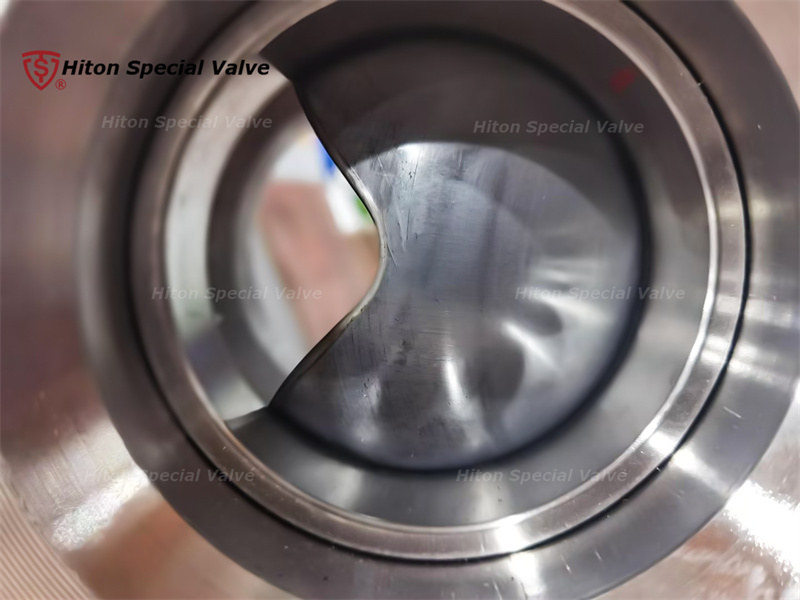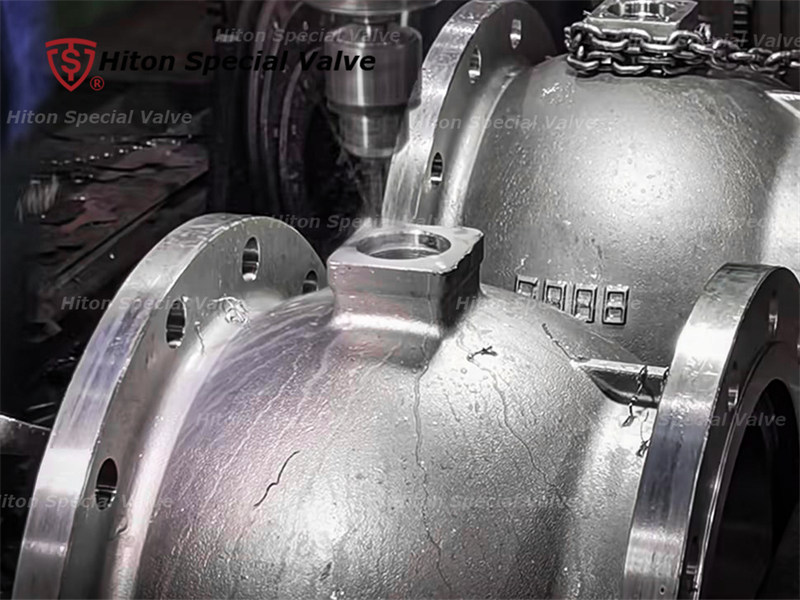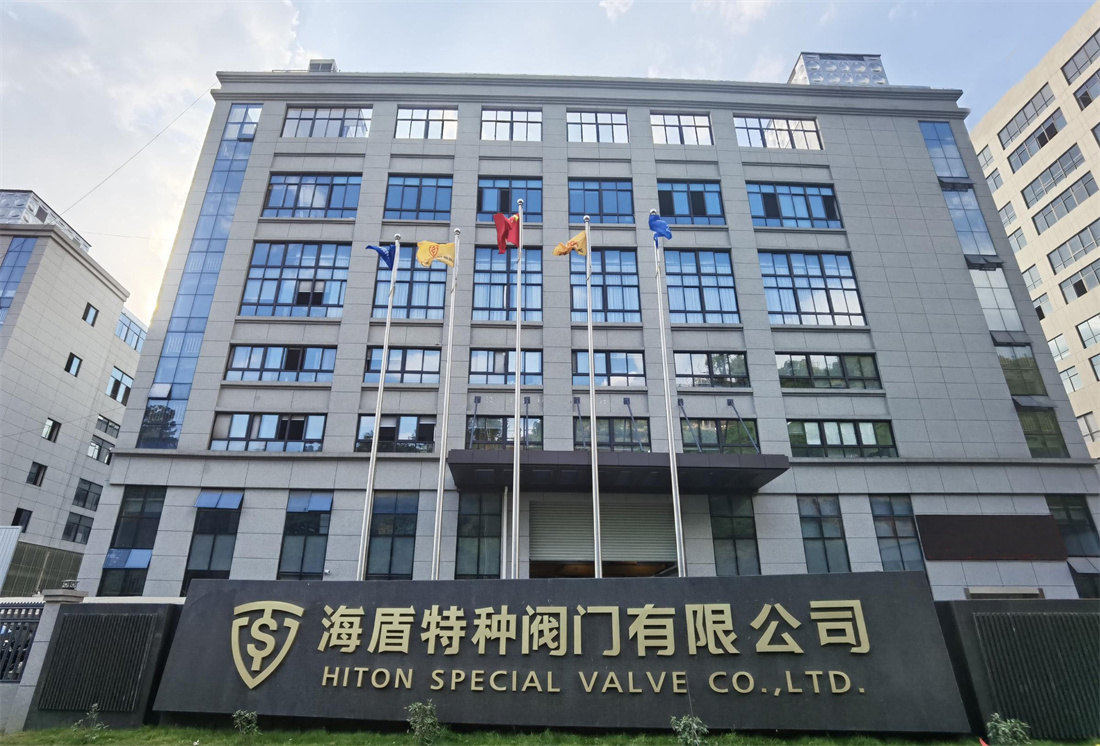A V-port ball valve is a specially designed ball valve with many unique features and applications, including:
Flow Control: The design of V-port ball valves allows fluids to flow within the valve in a V-shaped channel, making them very useful in applications that require precise flow control. The V-shaped design enables linear flow control characteristics, making them excel in controlling flow.
Sealing: V-port ball valves typically have excellent sealing capabilities, effectively preventing fluid leakage. This makes them highly useful in applications where leakage prevention is critical, such as in the chemical, petroleum, and natural gas industries.

Corrosion Resistance: Since V-port ball valves are typically made from corrosion-resistant materials, they are suitable for handling corrosive media, such as in the chemical industry.
Anti-Clogging: The design of V-port ball valves gives them good anti-clogging capabilities when dealing with fluids containing solid particles. They can handle some particulate matter without easy clogging.
Versatility: V-port ball valves can be used for controlling the flow of various liquids and gases, making them widely applicable in multiple industrial and processing applications.
High-Temperature and High-Pressure Applications: Some V-port ball valve designs are suitable for use in high-temperature and high-pressure conditions, such as in oil and gas extraction and the chemical industry.

Easy Maintenance: V-port ball valves typically have a simple structure, making them easy to maintain and repair.
The selection of the appropriate V-port ball valve should be based on specific application requirements, including valve size, material, operating pressure, temperature range, and the desired flow control precision. When selecting and using V-port ball valves, it is also essential to follow relevant safety and operating guidelines to ensure their proper functioning and long-term reliability.



















